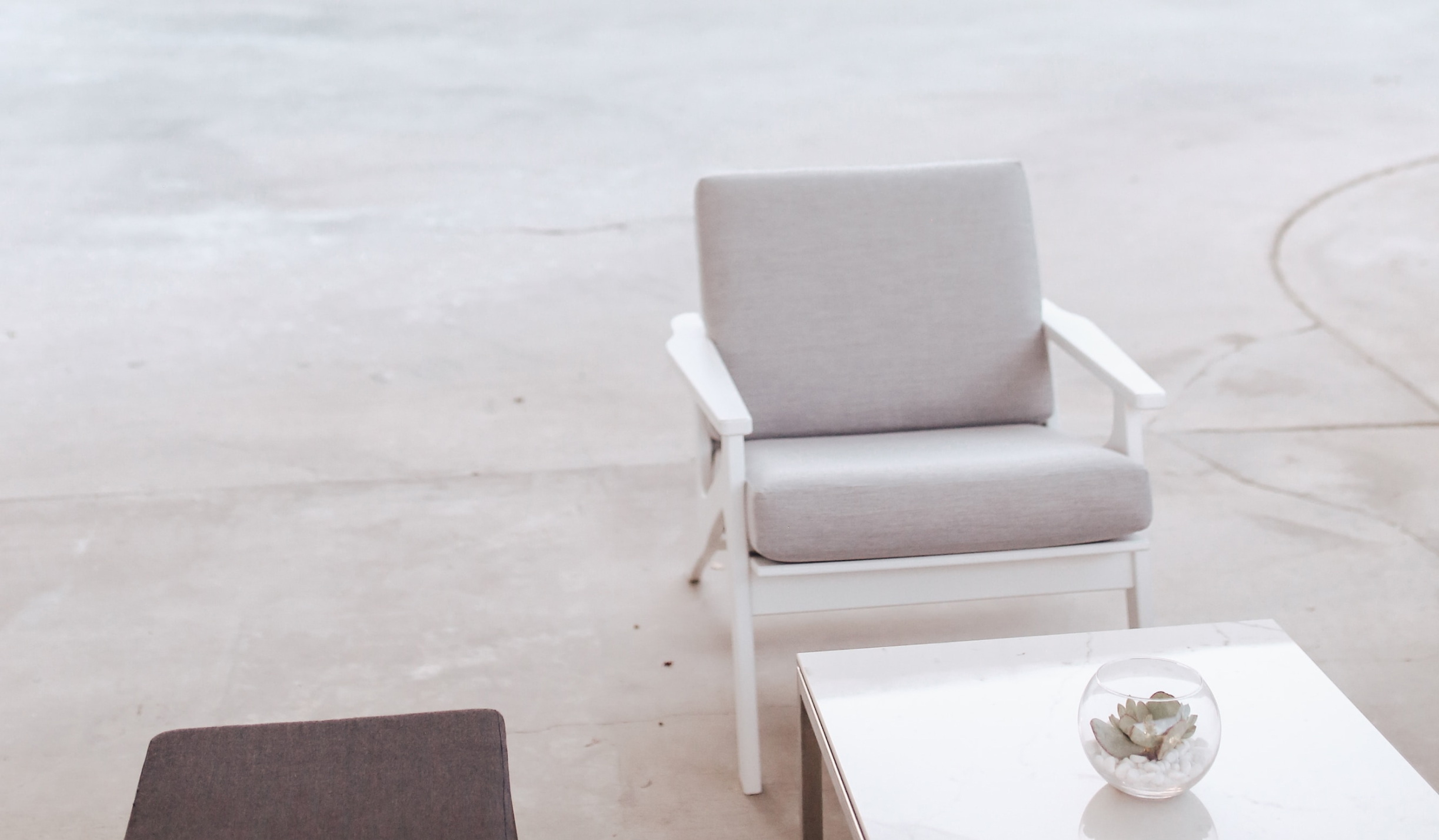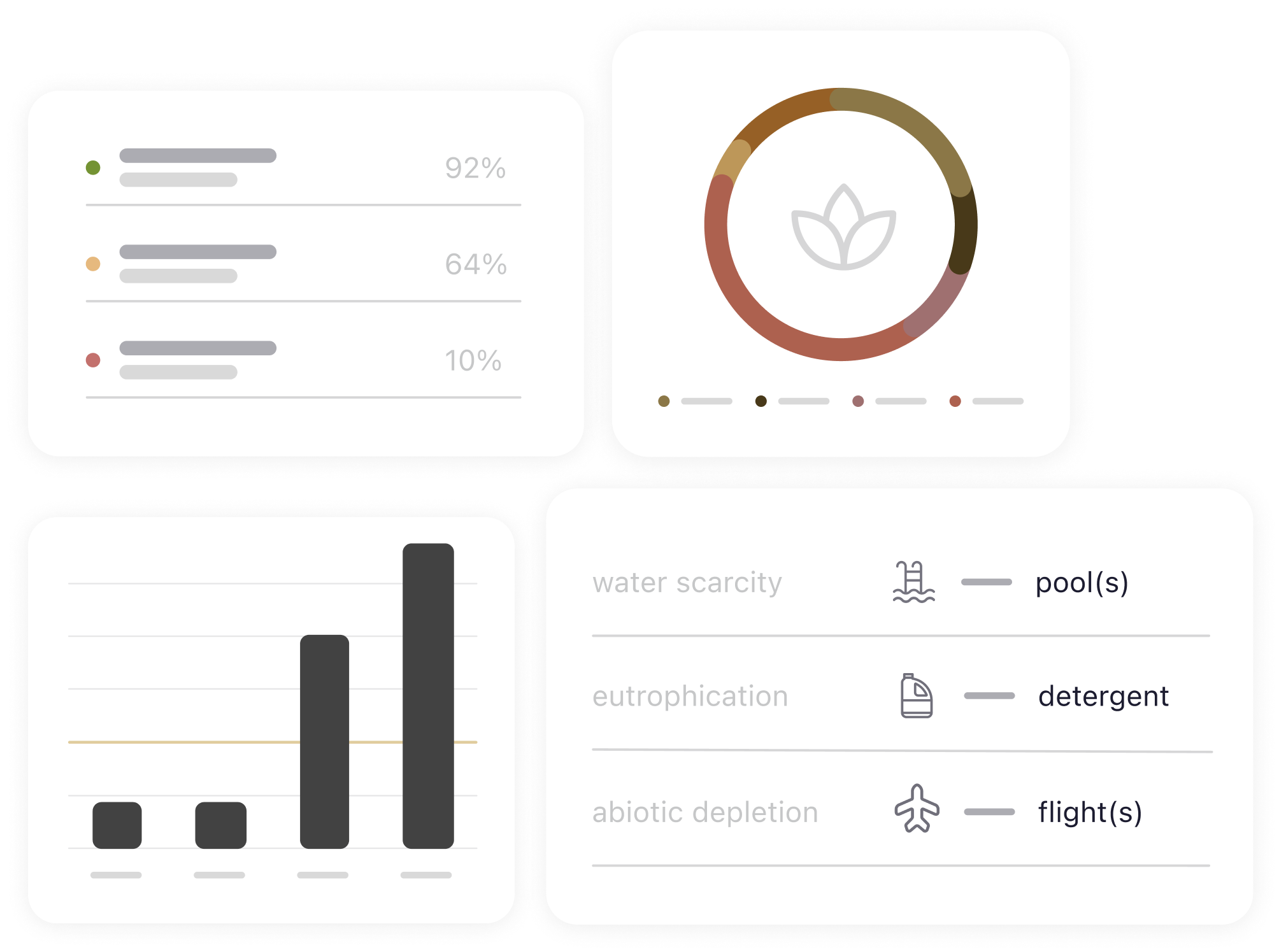Since sustainability began to spread in the fashion industry, the product has always been the star on which most of the efforts have been focused. Getting to create articles that optimize the use of resources under the principles of ecodesign is one of the main goals of the industry. However, sustainability as a global concept forces businesses to look beyond the product. Through packaging, transport or physical stores, textile companies have the opportunity to strengthen their sustainable performance. We review from the hand of Niki de Schryver, Founder at COSH!, what companies can do to implement sustainability as a global system in retail.
Sustainability as a global concept forces businesses to look beyond the product
COSH! is a search engine that enables people to find sustainable shops in their cities. Are retailers aware of the relevance of sustainability nowadays?
N: Retailers are definitely aware that it’s relevant as they’re following what the consumer is asking. However, they’re often misinformed and taking over marketing messages from brands through the wholesale agents where they buy from. Therefore it’s hard for stores to find reliable information and make truly sustainable decisions based on that. And for the clients as well.
How do you rate brands at COSH!? Which criteria do you follow?
N: At COSH! we rate brands while keeping in mind over 260 criteria divided over 7 main themes which are: People, Planet, Circularity, Short supply chain, Animal welfare, Slow fashion & Longevity, and Transparency.
We check the sustainability page and story of the brand and check if it matches with the products on the webshop and in physical stores. Where is it made and what is it made out of? If things are unclear or in case we suspect the brand of greenwashing we request an interview with the brand so we can ask our questions to achieve a brand screening that is as complete and accurate as possible.
We currently give icons according to the sustainability of the brand but this system will be replaced by a COSH! Index soon. This score will be based on the same criteria (and some extra new ones). Besides that, we always write a full analysis based on our findings for people to read. Here we explain the sustainable claims and facts of the brand in a more in-depth and understandable way for the average consumer.
Which sustainability issues do retailers matter the most?
N: They care about very different issues such as whether the products have been made under fair conditions, if the items are made out of sustainable materials or if the style is wanted by the consumers and whether they are timeless.
Unfortunately, in most cases, the stores still don’t see sustainability as the number 1 criteria for buying. They see it more as a plus if the brand pays attention to it.
Besides, retailers have a very busy schedule and don’t always have time to check the full sustainability of the brands they buy from nor do most of them verify if the story told by the brand is really true.
That’s one of the reasons why COSH! Brand reviews are useful and reliable, since we do them on behalf of the stores and not upon request of the brands themselves. As we are not taking commissions from the sales of the brands we are unbiased and as such we are able to write a text as objectively as possible. If the result comes out negatively, we communicate it to the retailers behind the scenes so they get the opportunity to phase out the brand if they’d want to. This way their store will become more and more sustainable and won’t contribute to greenwashing.
Apart from sourcing more sustainable products and brands, what other initiatives are taking place in stores to address sustainability?
N: Using more sustainable packaging methods for e-commerce orders as well as delivering by cargo bike for example. Some stores also opt for more sustainable interior choices, such as hanging recycled textile curtains in fitting rooms or reusing wooden parts from other industries for flooring or displays. Or rather than buying new store furniture, they will ask the architect for reusing the existing furniture in a new design.
There are also stores that have a charity donation scheme. For example they plant a tree per purchase, donate one Euro to a certain charity per purchase, or donate overstock clothing to a local charity.
What about in-store materials like hangers and packaging? Which kind of alternatives are retailers using to become more responsible?
N: Supergoods uses cardboard hangers. The benefits are bi-fold they take less space than their wooden or plastic counterparts and therefore more clothing fits per m2, adding to the revenue per square meter, but secondly, the hanger is biodegradable or recyclable after use in any country.
Moose in the city was bold enough not to replace their old shoppers when launching a new house style. They reused their old shopping bags and pasted a funny sticker on top of them. Drawing attention to the fact that they are making environmentally friendly choices.
HNST jeans (and Supergoods) are shipping orders in RePack envelopes, but many stores feel comfortable reusing their suppliers’ boxes to pack their customers’ orders. The more used a box, the more appreciation you get from a truly zero waste customer base. By shipping in a reused box, they feel understood.
Stores are hot spots that can close the loop to boost textile circularity. How much are brands taking advantage of this to collect garments at their end of life?
N: There are certain brands that collect their clothes at their end-of-life via stores or sometimes they collect all clothes in a certain type (e.g. jeans). For example, Swedish Stockings collect pantyhoses, HNST jeans collect jeans, and Marypup collects old umbrellas, all via in-store collection boxes. More and more brands are using this opportunity to collect to upcycle or recycle.
The role of physical stores has changed after the pandemic, what do you think are the keys to keeping the value of physical purchases?
N: People are craving social situations and nostalgic feelings more since the pandemic and moreover, people have become more aware of the issues we have in our world, such as climate change and the loss of local economy and small businesses but also that online returns often end up in landfills.
The values of shopping in physical stores are for example that it’s more of an experience than shopping online, you receive good service, get help for styling, you can feel the clothes and try on different sizes more easily and form a deeper connection with the clothes because it holds a memory of a shopping day and of good service. For sustainable shopping specifically, the stores often have a function as storytelling and knowledge hubs as well, this is where you discover the story behind your clothing.
At BCome we believe that the connection between the consumer and the story of the garment is essential. Retail can definitely be the place where technology can create value to improve the final consumer experience. We can find a good example in all the brave brands that choose to label their physical garments with our smart labels. A tool through which the final consumer can freely navigate through the impacts of the product to ease conscious decision-making at the store.
Sustainability must extend throughout the entire business, from the first phases of product creation to the purchase experience. At BCome we offer your business the necessary tools to make it possible, let’s create change together!

Niki de Schryver, Founder and CEO of COSH!






